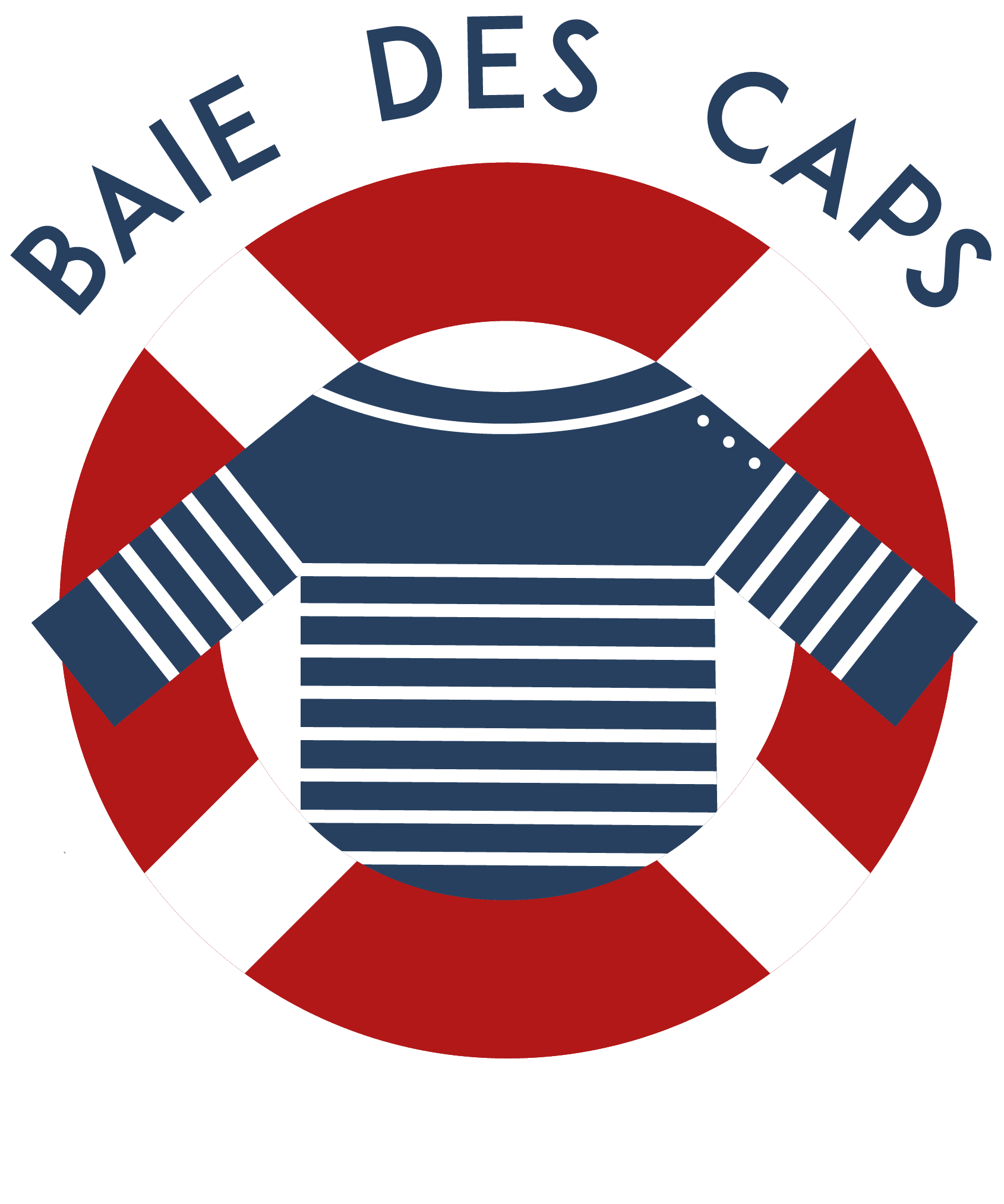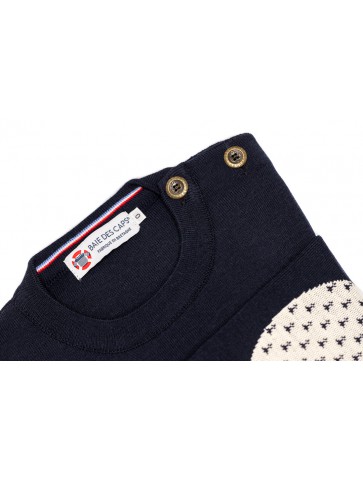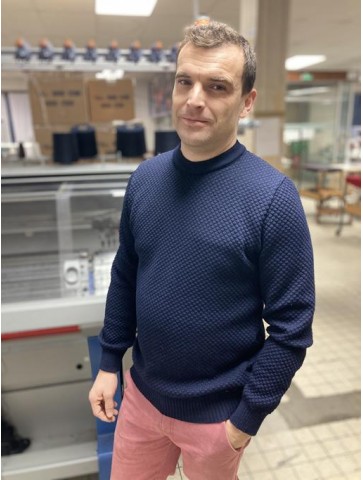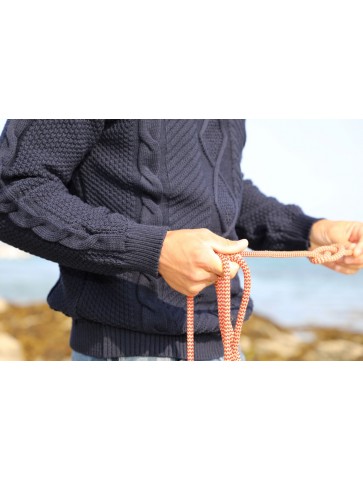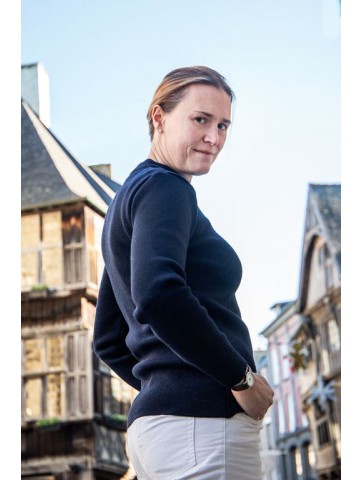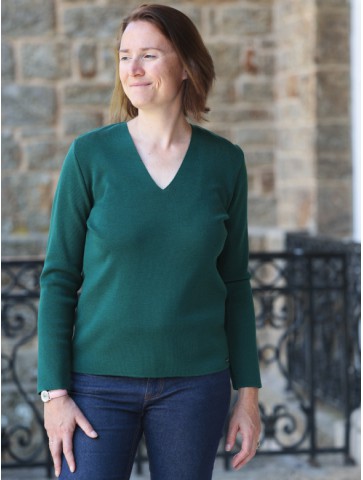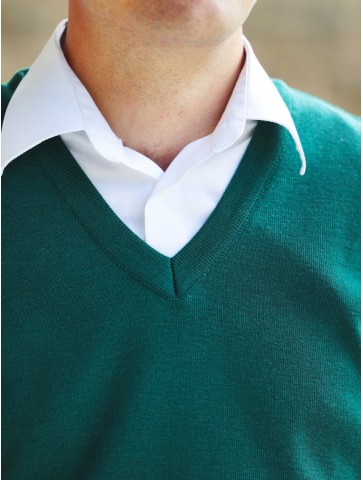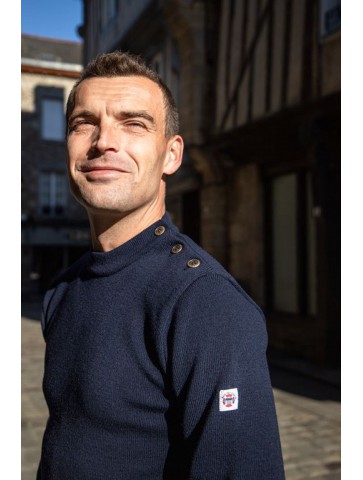Laine made in France
French wool is a natural quality material that offers many advantages for clothing, fashion accessories and home products. It is appreciated for its softness, durability and ability to regulate body temperature. But did you know that French wool is also an ecological and sustainable option ?
Indeed, wool is a 100% natural product that comes from sheep raised in France (e.g. Arles merinos). It is obtained without using harmful chemicals for the environment, unlike many other synthetic materials. In addition, French wool is a breathable material that can be worn throughout the year, reducing the use of clothing in general.
French wool is also very durable and can be used for many years without losing its quality. It is easy to maintain and can be machine washed, making it convenient to use daily.
By choosing French wool products, you make an ecological and sustainable choice that benefits the environment and your well-being
French merino wool
The Merino wool of Arles is a high quality material that has been produced in France for more than 200 years. It is obtained from Merino sheep (the sheep's seed) raised in the vicinity of Arles, a city located in the south of France.
The Merino wool of Arles is renowned for its softness and finesse, making it an ideal material for fashion clothing and accessories. It is also very breathable and can be worn throughout the year, making it a practical choice for those who seek to reduce their ecological footprint.
The manufacture of Arles Merino wool is an artisanal process that requires great expertise and careful attention. First, sheep are manually twisted by experienced professionals. Then the wool is sorted and carded to separate the hair according to their length and quality. Finally, wool is threaded and hand woven to create superior quality products.
We made the choice to make some of our Merino wool sweaters to offer you soft and 100% made sweaters in France.
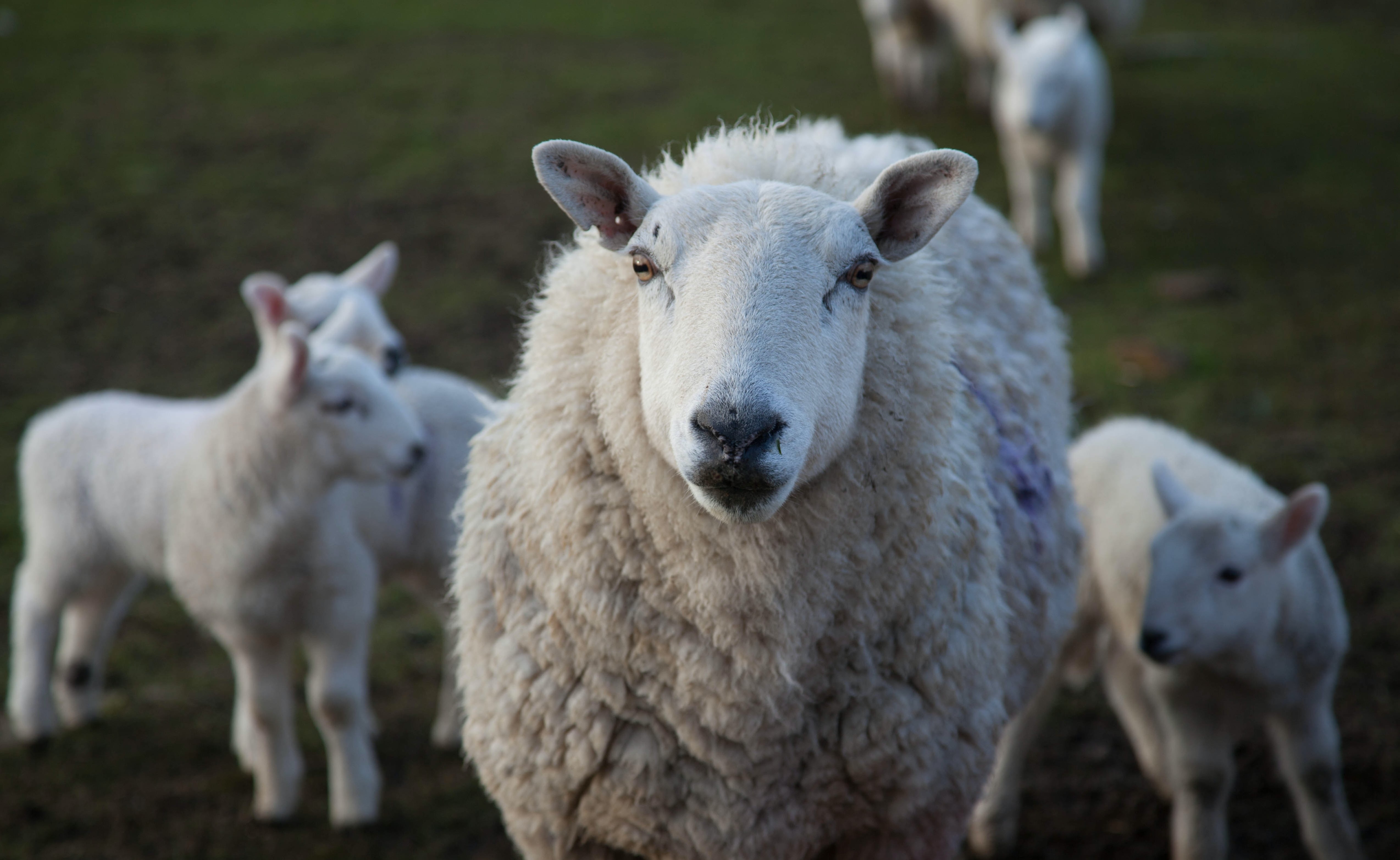
Why promote French manufacturing
As you know we manufacture all of our products in our workshop based in the coasts of Armor. Our products are therefore made in France and we want to make the made in France accessible. But then why made in France
First of all, this helps to support the national economy by purchasing products made in France. This creates employment and economic growth in the country, which is beneficial to the entire population.
Moreover, the use of French raw materials and the manufacture of products in France reduces the dependence of the French economy on imports. This can help preserve the country's economic stability and reduce the risks associated with exchange rate fluctuations and potential interruptions in the supply of raw materials.
In addition, French manufacturing ensures that products are manufactured in ethical and environmentally friendly conditions. In France, there are numerous regulations governing the production of goods and guaranteeing that workers are treated in a fair manner and that the environment is protected. This is not always the case in other countries and sometimes leads to drifts directly affecting the customer
By choosing products manufactured in France, you make an ethical and responsible choice that benefits the national economy and supports quality jobs in the country. You can be assured of the excellence of quality and durability of products made in France, which are often synonymous with high-level know-how and expertise.
A know-how
French know-how is recognized worldwide for its excellence and quality. The sea sweaters are an example of a product where French know-how is particularly popular. Made from French wool, it is necessary to work according to Breton know-how in order to have an authentic rendering respectful of tradition
Sea sweaters are also known for their quality and durability from the thickness of the mesh. For centuries, French sailors have been wearing wool sweaters to protect themselves from cold and moisture. Today, the sea sweaters are still made in France and more particularly in Brittany with the same know-how and attention to detail as before. They are very appreciated for their comfort and warmth, and are often considered a must in men's fashion.
The work of the mesh
The stitch is a term used to describe the pattern or texture of a fabric or knit. There are two main types of mesh: thick mesh and thin mesh.
The thick mesh is characterized by wide and spaced stitches, which give the fabric or knit a coarse texture and a loose appearance. The thick mesh is often used to create warm and comfortable clothing, such as sweaters, vests and scarves. It is particularly appreciated in winter, as it allows to retain heat and protect from cold.
The fine mesh, for its part, is characterized by tight and fine stitches, which give the fabric or knit a smooth texture and an adjusted look. The fine knit is often used to create more elegant and sophisticated clothing, such as shirts and dresses. It is particularly appreciated in the summer, as it allows to regulate the temperature and let the air pass.
The maintenance guide
It is important to keep your clothes in French wool well in order to keep them in good condition as long as possible. Here are some tips to take care of your wool clothes:
- Wash them by hand with cold water and a soft soap. Avoid putting them in the washing machine, because it can distort and damage them. If you have to put them in the machine, use a delicate cycle and a special washing bag for wool clothing.
- Dry your clothes flat, away from direct heat sources. If you need to suspend them, use wooden or flexible plastic hangers to avoid distortion.
- Put your wool clothes in a cool, dry place. Avoid exposure to the direct sunlight, which can discolor them.
- If you need to iron your wool clothes, make it at low temperature and use a wet cloth to protect the fabric.
Following these tips, you can enjoy your French wool clothes for many years. Remember that taking care of your clothes is a long-term investment that allows you to achieve long-term savings.
The virtues of wool
Here are some of the reasons why wool is an ideal material for hats and scarves:
The wool is naturally hot : thanks to its hollow and insulating fibres, the wool is naturally hot and allows to maintain the heat of your body. It is especially useful to protect you from cold in winter.
The wool is breathable : unlike synthetic materials, wool is able to breathe and evacuate moisture, making it comfortable to wear even when it is hot. It is therefore always good to have a small scarf or a hat in your wardrobe for the coldest days.
The wool is resistant : wool is a robust and durable material that is resistant to friction and stains. It also has excellent form retention, which means that it does not fade easily. Your accessory is not ready to leave you
Wool is ecological : wool is a natural material that can be produced ethically and sustainably. It is also recyclable and biodegradable.
By choosing wool hats and scarves, you enjoy all these benefits, while opting for a quality product that will keep you warm all winter. So don't hesitate to invest in wool accessories to stay warm all season !

The work of wool
Wool is an increasingly valuable and versatile material that has been used by artisans in the Brittany region for centuries to make warm and durable clothing.
Here are some of the different ways to work wool in our workshop to make clothes:
Tricot : You've probably seen it already, it's a hand weaving technique that consists of threading knitting needles with wool and making it pass over and below the needles to create a fabric. The Breton knitters are known for their hand knitted wool sweaters, which are very warm and comfortable.
Filing : filage is the process of processing raw wool into yarn of wool. The Breton craftsmen often use a wheel to spin the wool, which consists of a handle with a manually operated wheel torso the yarn wool. We now use more efficient machines but the wheel breathes authenticity
Teinture : dyeing is the process of dyeing wool. Breton craftsmen often used plants and minerals to paint wool in different colours, creating unique shades of colours for their wool clothing.
Weaving : weaving is the process of fabric creation by entering wool wires. The Breton craftsmen often used manual or mechanical weave jobs to weave wool fabrics to make clothing. It is thanks to this process that we can determine the thickness of our wool
